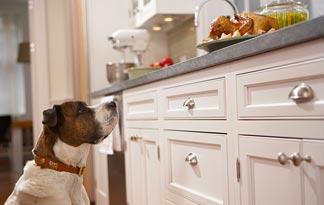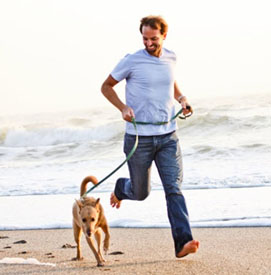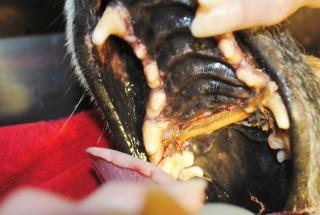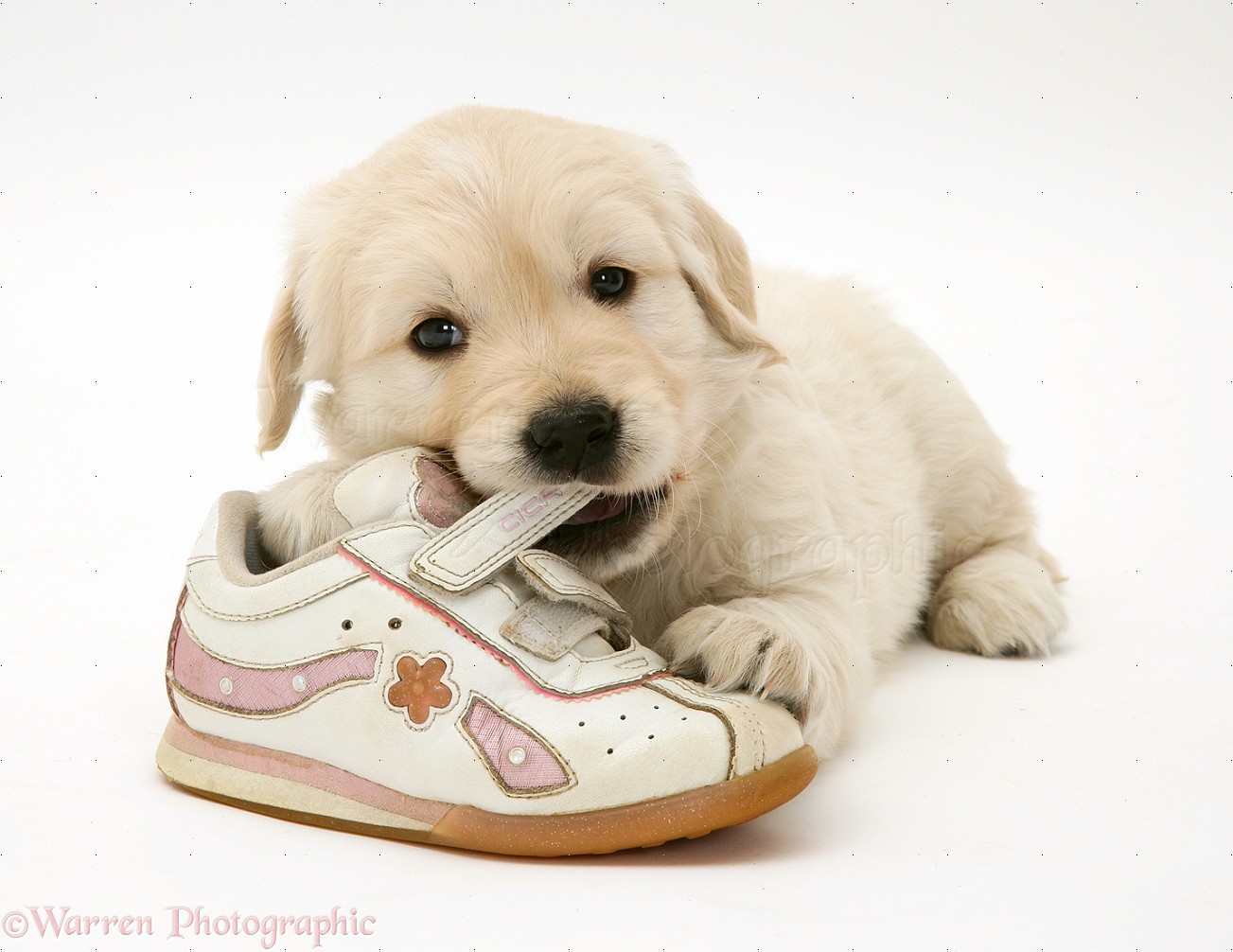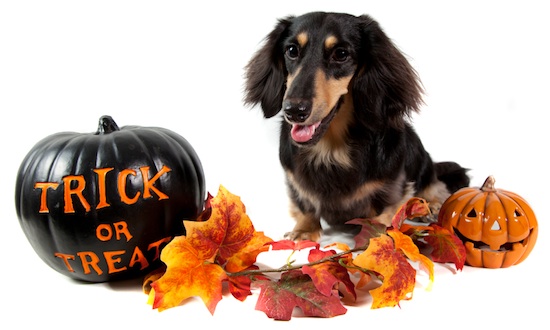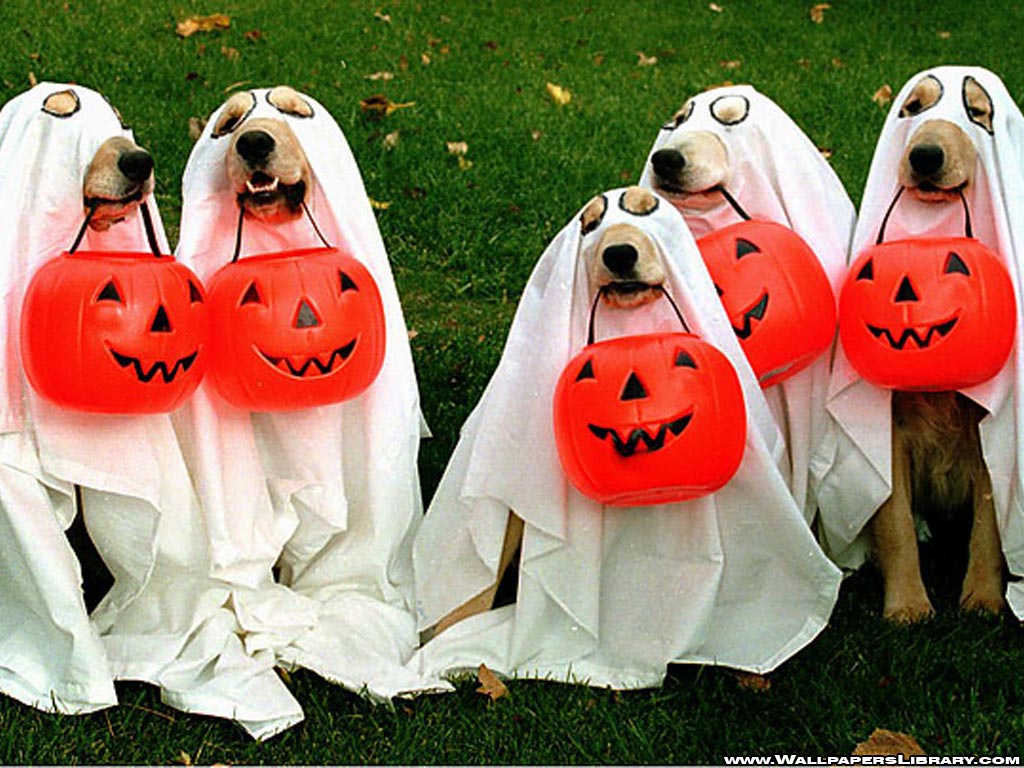#STUFFEMMETTEATS
 Emmett is a 2 year old Great Pyrenees, and he is tall enough
to get to anything unattended. This can
be a pet owner’s worse nightmare. When
you have a curious puppy or young dog, there are all kinds of household hazards
you need to constantly be aware of, so we are going to use Emmett’s constant escapades
to help our pet owners navigate through the tricky health concerns of all
puppies and young dogs.
Emmett is a 2 year old Great Pyrenees, and he is tall enough
to get to anything unattended. This can
be a pet owner’s worse nightmare. When
you have a curious puppy or young dog, there are all kinds of household hazards
you need to constantly be aware of, so we are going to use Emmett’s constant escapades
to help our pet owners navigate through the tricky health concerns of all
puppies and young dogs.
Bread; completely innocuous, right?! Yes, bread dough,
however, can be a problem in dogs. The
reason: yeast.


The encounter: You are
making Thanksgiving dinner. You have put
up the turkey and the stuffing, and everything else is in the oven. There is no way your dog, Emmett, is ruining
this meal. Except for those rounds of
frozen bread dough you set out to rise so you could bake them; but bread dough
really doesn’t have a smell or a flavor when its frozen, so surely not a
problem. Wrong. Unfortunately, Emmett decides he will remove
the saran wrap on the dish and has gone ahead and ingested all the frozen bread
dough.
The scoop:
There are several main concerns with bread and pizza
dough. If it is the kind that needs to
rise, and is not just premade rolls or crust, then it contains the vital
ingredient, yeast. Yeast can do two
things while sitting in your dog’s stomach; expand, and ferment.
 One of the first concerns is mechanical. Raw bread dough is meant to rise and expand,
and this happening inside your dog has the potential to cause bloat. Not only is stomach bloat painful, but with
enough pressure, can cause significant pressure on other organs, including the
lungs, making breathing difficult.
One of the first concerns is mechanical. Raw bread dough is meant to rise and expand,
and this happening inside your dog has the potential to cause bloat. Not only is stomach bloat painful, but with
enough pressure, can cause significant pressure on other organs, including the
lungs, making breathing difficult. The secondary concern is what the yeast produces. Yeast that is fermenting is producing both
gas (CO2 gas) and ethanol (alcohol) as byproduct. So basically, you pet can continue to have further
bloating concerns with an increase of gas producing happening inside its
stomach, and later start feeling like he consumed a large amount of
tequila. Unfortunately, it is hard to
use the amount of bread dough as an indicator of how much ethanol or alcohol
will be produced, since it is more important to know how much active yeast was
in the raw bread dough. The potential
for ethanol toxicity can be life threatening.
It causes the acid level to rise in your pet’s blood stream, and causes
a lot of stress to the organs as a result.
In high volumes, this can be very similar to a person suffering alcohol
poisoning.
The secondary concern is what the yeast produces. Yeast that is fermenting is producing both
gas (CO2 gas) and ethanol (alcohol) as byproduct. So basically, you pet can continue to have further
bloating concerns with an increase of gas producing happening inside its
stomach, and later start feeling like he consumed a large amount of
tequila. Unfortunately, it is hard to
use the amount of bread dough as an indicator of how much ethanol or alcohol
will be produced, since it is more important to know how much active yeast was
in the raw bread dough. The potential
for ethanol toxicity can be life threatening.
It causes the acid level to rise in your pet’s blood stream, and causes
a lot of stress to the organs as a result.
In high volumes, this can be very similar to a person suffering alcohol
poisoning.The plan:
 There are a couple of things that can be done to try to halt
this process before it gets out of hand.
If caught fairly early on, the stomach can be flushed and cleaned with
cold water, which can help deactivate the yeast, and sometimes help flush some
of the bread dough out of your pet’s stomach.
Then it is usually recommended that your pet be hospitalized with fluids
and monitoring of the acid/base status of their blood. Sometimes pain medications may be
administered to help with the “hangover”.
There are cases of bread dough ingestion being fatal, very much like a
severe case of alcohol poisoning in a person. Make sure you keep the bread up somewhere away from your adventurous pooch, and consult with your veterinarian right away if you suspect this type of ingestion.
There are a couple of things that can be done to try to halt
this process before it gets out of hand.
If caught fairly early on, the stomach can be flushed and cleaned with
cold water, which can help deactivate the yeast, and sometimes help flush some
of the bread dough out of your pet’s stomach.
Then it is usually recommended that your pet be hospitalized with fluids
and monitoring of the acid/base status of their blood. Sometimes pain medications may be
administered to help with the “hangover”.
There are cases of bread dough ingestion being fatal, very much like a
severe case of alcohol poisoning in a person. Make sure you keep the bread up somewhere away from your adventurous pooch, and consult with your veterinarian right away if you suspect this type of ingestion.
Thanks for reading and Join us next time for #stuffemmetteats







